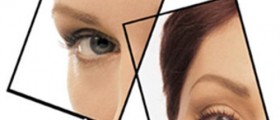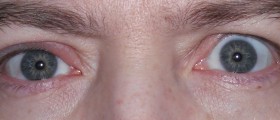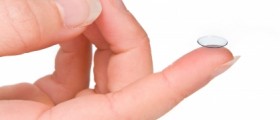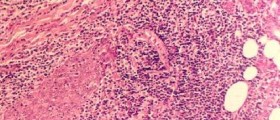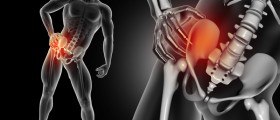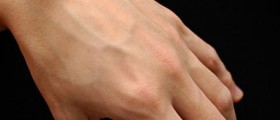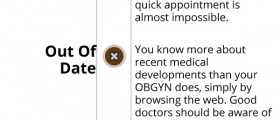General overview
A chalazion (also called a meibomian cyst) is the medical term for a cyst in the eyelid which is caused by blockage of the meibomian gland and then results in inflammation of this gland. The upper eyelid is usually mostly involved.
Signs and symptoms of chalazia
The following are signs and symptoms in which chalazia can present with.
- Tenderness of the eyelids.
- Light sensitivity.
- Swelling of the eyelid.
- Increased tearing of the involved eye.
- A feeling of heaviness of the eyelid.
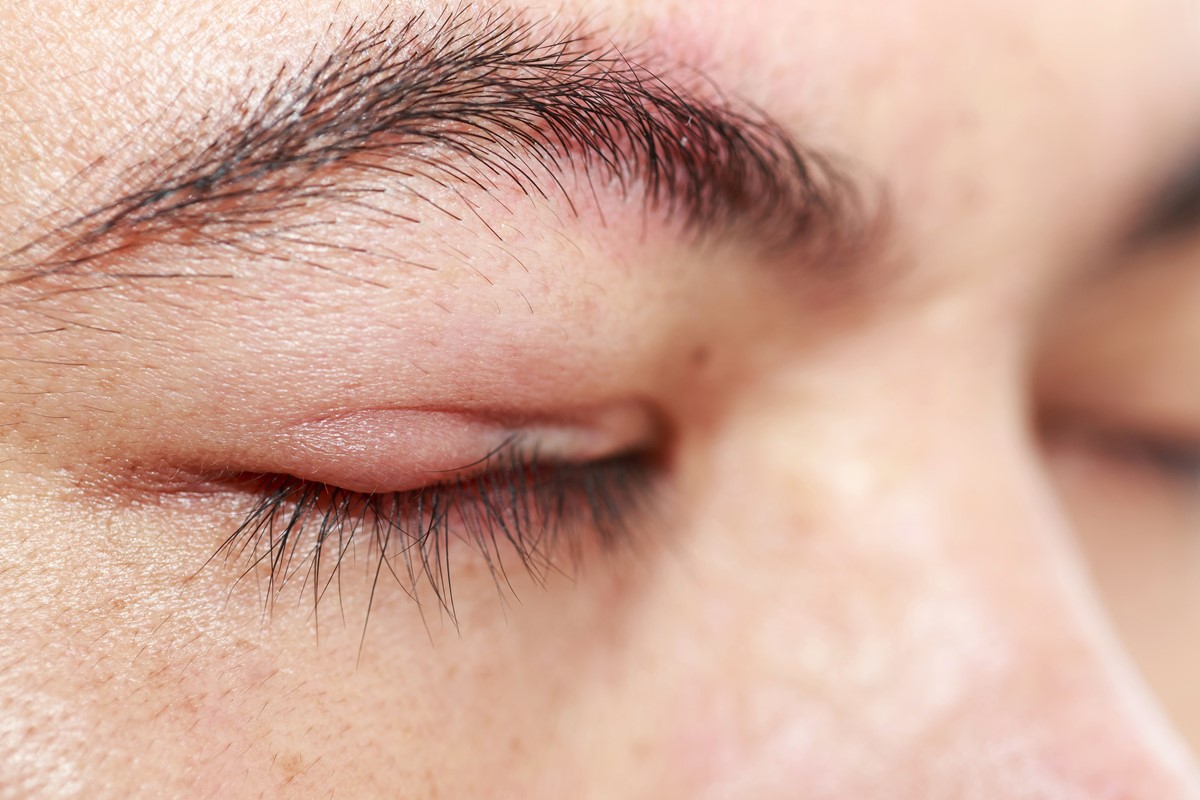
Management and treatment
Conservative measures
One can start managing the chalazia by applying warm compresses on the affected eye for around 15 minutes up to 4 times per day. This helps to soften the hardened oil which is responsible for the obstruction of the gland, and therefore promotes drainage of the gland and healing of the lesion.
For an initial acute infection, chalazia are also managed by applying an antibiotic ointment on the swelling or by using antibiotic eye drops. The antibiotics will help in preventing any secondary infection from occurring but doesn't directly treat the chalazion. These cysts can resolve on their own within a couple of months and can be reabsorbed by the body, without leaving any noticeable bumps, within a couple of years.
If the chalazia continue to enlarge or they haven't resolved on their own within a few months, then further treatment options need to be used. Steroids can be injected in smaller lesions and this can help to decrease the size of the chalazion by reducing inflammation in the gland.
Surgery
Larger lesions which haven't resolved on their own will need surgical intervention. An ophthalmologist (eye specialist) will be performing surgery on the chalazion. The specialist will discuss with the patient whether the procedure will be done under local or general anaesthesia with the latter being reserved mostly in the cases of children being involved.
In softer lesions, a small incision can be made on the inside of the lid and the matter can be expelled by gently pressing on the surrounding tissue. In harder lesions, a larger incision will need to be made and the matter will need to be scraped out. A haematoma (clotted blood) may develop after trying to remove a larger chalazion. This issue can resolve on its own within a few days.
- Photo courtesy of SteadyHealth



